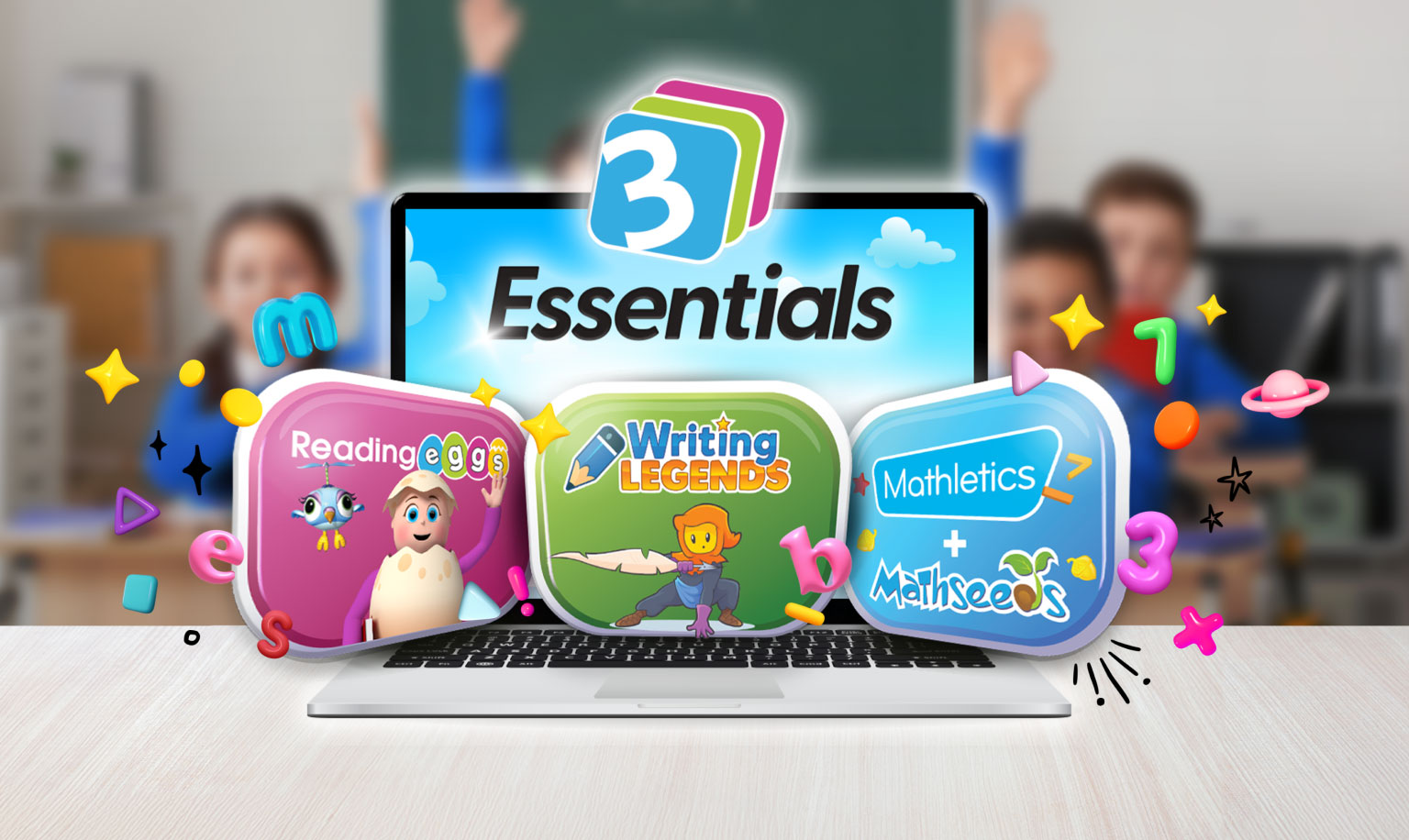
Parents are suffering with us teachers during the coronavirus outbreak. Our empty classrooms are their full nests, and, probably for the first time, they’ve found themselves truly in charge of their children’s learning.
We can feel for them. Taking full responsibility for a child’s formal education is stressful enough for a qualified teacher, let alone a parent who already juggles their own working commitments with the business of… well, parenting itself.
As teachers, it’s important that we keep parents on side during such a difficult period. We don’t want them to feel as if we’re palming off our responsibilities to them entirely, but we do want their help in keeping student learning on track.
Here are five effective measures you can take to maintain productive and positive parent relationships during a school closure.
Be the teacher in the (virtual) room
Take the pressure off parents by establishing and maintaining a strong digital presence from the outset. Your students (and their parents) should feel confident that you are still steering the ship, so that they don’t have to.
It helps if you use video and/or voice recordings instead of outsourcing your role to written instructions and worksheets alone. Treat it like a flipped classroom. When parents see or hear you actively teaching their children, they can breathe a sigh of relief knowing that you’ve got it covered without them having to intervene.
Of course, parents are an invaluable resource when our students are learning from home, so suggest clear strategies that they can use in order to facilitate their child’s continued progress. They should not require sophisticated content knowledge or teaching know-how – that’s your job – but they can stick their nose in from time to time just to make sure that their child is staying up to speed.
Getting a parent involved in their child’s education in this way – without ever expecting too much from them – can have benefits that far outlast the distance teaching. You’ll become more active partners in facilitating their child’s learning, and it’s a relationship that you can draw on, time and time again, as new challenges arise.
Use simple solutions in complex times
Tech can add to alienation if parents have to serve as both caregiver and in-house IT support.
The innovators among us might light up at the thought of staging sophisticated distance teaching strategies, but it pays to keep things simple. If your lesson plans require time-poor parents (or grandparents, in many cases) to orchestrate corporate-grade webinars and conference calls, you aren’t going to get many of them on side.
Thankfully, there are a whole host of EdTech solutions that don’t equate technology with clumsy complexity. Our products are designed to be equally accessible for students, teachers and parents without sophisticated technological fluency. What’s better, such user-friendly programs facilitate transparent communication between everyone involved in a distance teaching scenario. Parents feel empowered, students feel engaged and teachers feel in control.
Regardless of the EdTech solution(s) you choose to employ, it’s critical to onboard parents as well as students. Consider sending a bulk email that runs them through the basics of your digital platform, including where they can find the work that their child is supposed to be doing and the teaching sequence which tells them what to expect.

Download The Essential Guide to Distance Teaching
Don’t skimp on the communication
No one likes feeling out of the loop or in the dark, especially when it comes to their children, so keep your parent updates regular and consistent.
While just knowing you’re around will give parents confidence, they’ll be eager to hear three things during this time:
- Student progress
- Any recurring technical issues they might need support with
- Major developments and changes in the program.
How do you do this? Let’s look at your options:
Email: Chances are you already have parents’ email addresses, so this is the easiest option to set up. However, this does come with the risk of a permanently full inbox of messages that need to be answered individually.
Social media: WhatsApp, Messenger or Facebook groups are great for providing live updates to a whole group of parents, which is useful when you need to alert them to an assignment, change in the program, or school development. Of course, you will want to find out beforehand how many parents already use the social media app of your choice or are happy to download it.
School LMS: Most LMSs have parent accessibility as one of their features. It’s incredibly handy for getting messages out there, however it also tends to be visited by parents less often. You might like to check with your IT department to see if an automated email can be sent to parents each time you post a notice on the LMS.
EdTech programs: Mathletics and Readiwriter spelling are designed to give parents a transparent reflection of student progress via actual, trackable data. It might be just what a nervous parent needs to confirm that their child is continuing to learn when class time has been swapped out for screen time.
Remember that empathy is key
School closure isn’t easy for anyone. Our lives have been turned upside down as well, with inboxes overflowing, unfamiliar systems, panicked parents, and AWOL students who could be in Antarctica by now for all we know! It can be easy to get frustrated with the whole process so it’s important to remember empathy. Not just for the class community that’s relying on you during these tough times, but for yourself. This might be the first and last time we deal with such a crisis.
Need a hand with keeping parents happy during school closure?
We’ve got you covered. Check out our article on Keeping distance learners motivated, or explore our range of edtech solutions for mathematics, literacy and science through the link below.











